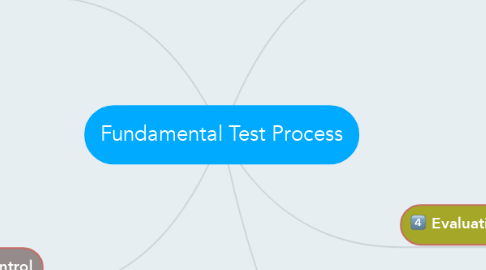Fundamental Test Process
par Rogerio da Silva


1. Analysis & Design
1.1. Review the Test Basis
1.2. Eval Test Basis for testability
1.3. Identify & prioritise Test Conditions
1.4. Design & prioritise high level Test Cases
1.5. Identify Test Data
1.6. Traceability between Test Bases & Test Condition
1.7. Test environment & Infrastructure tools
2. Planning & Control
2.1. Planning
2.1.1. Determine the scope, risks & objectives
2.1.2. Implement Test Policy / Strategy
2.1.3. Determine Test Approach
2.1.4. Determine resources required
2.1.5. Schedule the test activities
2.1.6. Determine the Exit Criteria
2.2. Control
2.2.1. Monitor activities
2.2.2. Compare progress Vs plan
2.2.3. Take control when required
3. Implementation & Execution
3.1. Test Implementation
3.1.1. Finalise, Implement & prioritise Test Cases
3.1.2. Create Test Data
3.1.3. Check environment ready
3.1.4. Create Test Suites
3.1.5. Develop & prioritise Test Procedures
3.1.6. Test harness / automated scripts (optional)
3.2. Test Execution
3.2.1. Execute Test Procedure as planned
3.2.2. Log the outcome
3.2.3. Compare actual vs expected
3.2.4. Report discrepancies as Incidents
3.2.5. Analyse Incidents for cause
3.2.6. Retest / Regression
